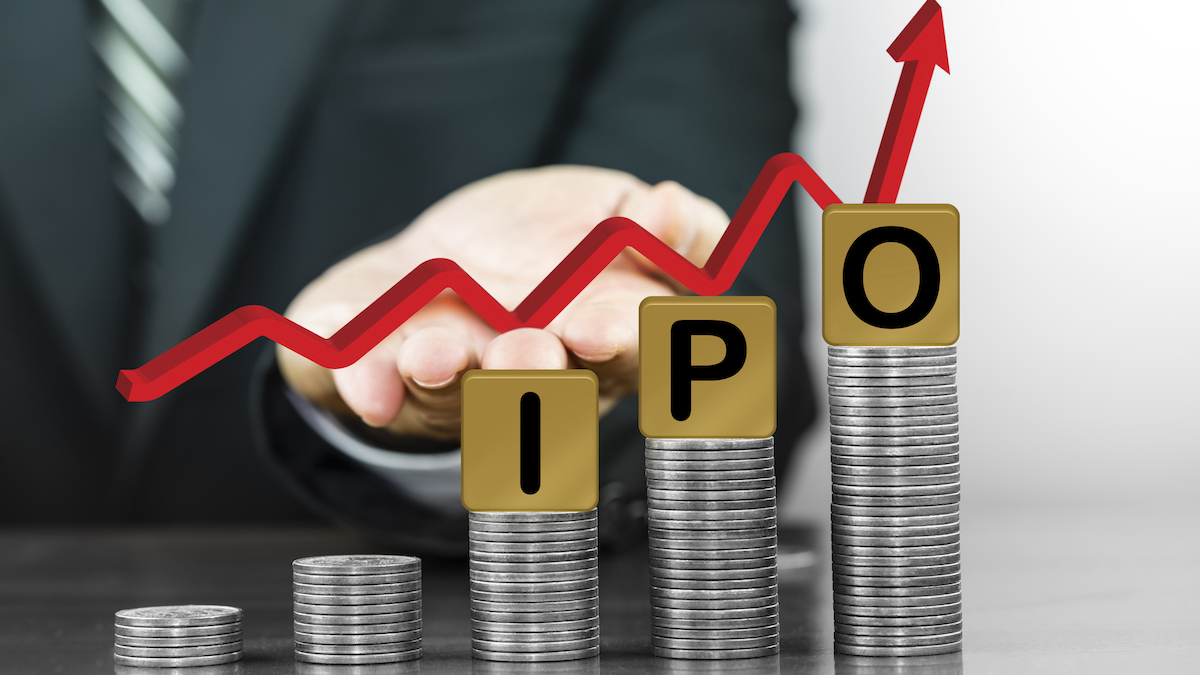Beating the big end of town; small cap IPOs gained an average of 46pc in 2020

Getty Images
Small cap IPOs dramatically outperformed their larger peers on the ASX last year, a new report has found.
There were 43 new market entrants with a starting capitalisation of less than $100 million, and they ended 2020 up an average of 46 per cent, according to the IPO Watch Australia report by accounting association HLB Mann Judd.
In contrast, the 31 companies joining the bourse with a starting capitalisation of $100 million or more ended the year up just 17 per cent, the report found.
“Small caps in particular did tend to outperform the large caps in percentage terms at least,” said HLB Mann Judd Perth partner Marcus Ohm, author of the report.
Noteable results for small caps included strategic IT advisor Cosol (ASX:COS), up 290 per cent; WA nickel-copper explorer Desert Metals (ASX:DM1), up 215 per cent; mining services contractor Dynamic Drill and Blast Holdings (ASX:DDB), up 180 per cent; and New Zealand-focused gold explorer Siren Gold (ASX:SNG), up 180 per cent.
While large caps had more modest gains on average, 4D Medical (ASX:4DX) was a standout, finishing the year up 233 per cent.
Overall the 74 companies that made their ASX debut finished the year up on average by 34 per cent, while the All Ordinaries ended 2020 with a gain of just one per cent.
But “obviously IPOs they’re benefiting from perhaps timing of entry to the market as well, to a certain extent,” Ohm said, as 84 per cent of listings were in the second-half, after the market crash in March.
Fifty-five of the 74 companies had a first-day gain – of an average of 31 per cent – with five of them more than doubling on the day of their debut.
Ninty-three per cent of companies were able able to hit their subscription targets, raising a total of $4.98 billion.
But those that missed their targets recorded an average first day loss of six per cent and an average year-end loss of four per cent.
Materials saw the most new entrants in 2020, with 24 new listings (compared to just seven in 2019), while software & services was second with nine, down from 12 in 2019.
Capital goods was the best performing industrial group with an average gain of 65 per cent, while software and services was second with a gain of 59 per cent. Materials (up 43 per cent) and health care and equipment (up 51 per cent) also had strong results.
(To digress: Capital goods is one of the three industrial groups in the Industrials sector, consisting of construction, engineering, machinery and building products companies such as plumbing product manufacturer Reece (ASX:REH) and construction contractor CIMIC Group (ASX:CIM).
Looking forward, there are 14 companies in the “official ASX pipeline” moving towards a listing, which is a little slightly from last year, Ohm said.
“What we are seeing from the range of companies and advisors that we talked to is anecdotally the pipeline is quite strong,” he said.
“And we certainly expect to seeing a reasonable contribution in quarter one, and certainly a reasonable contribution from the material sector.”
“Anyone who makes any broad predictions is probably crazy, really,” he added. “But I think we’ll see some reasonable volumes coming through in quarter one of this year.”
UNLOCK INSIGHTS
Discover the untold stories of emerging ASX stocks.
Daily news and expert analysis, it's free to subscribe.
By proceeding, you confirm you understand that we handle personal information in accordance with our Privacy Policy.








